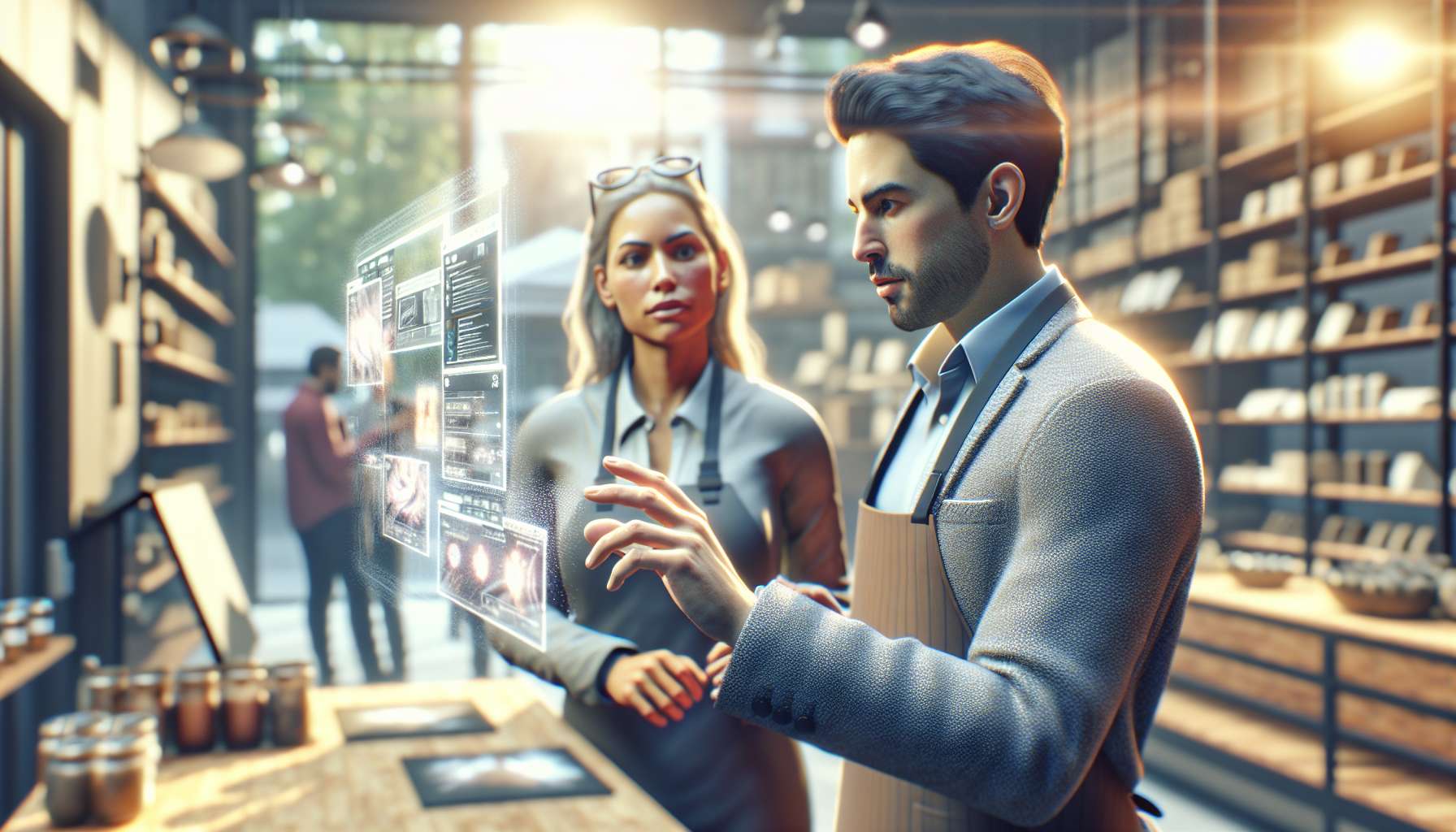Transforming the B2B Buying Experience with Augmented Reality
As technology continues to evolve, businesses are constantly seeking innovative ways to enhance their operations and improve customer experiences. One such technology that has gained significant attention in recent years is augmented reality (AR). By blending the virtual and physical worlds, AR has the potential to revolutionize the way businesses interact with their customers, particularly in the B2B buying process.
Understanding Augmented Reality
Before we delve into the exciting possibilities of AR in the B2B buying experience, let’s first understand what augmented reality is. AR is a technology that overlays digital information, such as images, videos, or 3D models, onto the real world. Unlike virtual reality, which creates an entirely immersive experience, AR enhances the existing environment by adding virtual elements.
Enhancing Product Visualization
One of the key challenges in the B2B buying process is helping customers visualize complex products or solutions. Traditional methods, such as product catalogs or static images, often fall short in conveying the true value and functionality of a product. This is where AR shines. By using AR applications, businesses can provide their customers with interactive and immersive experiences, allowing them to visualize products in real-world settings. For example, a manufacturing company can use AR to showcase how their machinery fits into a customer’s factory layout, providing valuable insights into the potential benefits and efficiencies.
Streamlining Decision-Making
AR can also streamline the decision-making process in B2B buying. With AR, customers can access detailed product information, specifications, and pricing in real-time, eliminating the need for back-and-forth communication with sales representatives. This empowers customers to make informed decisions quickly and efficiently. Additionally, AR can provide virtual walkthroughs of complex processes or installations, enabling customers to understand the implementation process and identify any potential challenges beforehand.
Improving Collaboration and Communication
In B2B buying, collaboration and communication between different stakeholders are crucial. AR can facilitate this by enabling real-time collaboration and remote assistance. For example, teams from different locations can use AR to virtually collaborate on product designs, make annotations, and provide feedback. This not only saves time and resources but also ensures that all stakeholders are on the same page, leading to better decision-making and improved outcomes.
Driving Customer Engagement
AR has the power to captivate and engage customers in ways that traditional methods cannot. By incorporating AR into marketing and sales strategies, businesses can create interactive and memorable experiences that leave a lasting impression. For instance, a software company can use AR to demonstrate the features and benefits of their product at trade shows or conferences, attracting potential customers and generating buzz around their brand.
Looking Ahead
The potential of AR in the B2B buying experience is immense, and we have only scratched the surface of its capabilities. As technology continues to advance, we can expect even more sophisticated AR applications that will further transform the way businesses operate and interact with their customers. From personalized product recommendations to virtual showrooms, the possibilities are endless.
So, if you’re a business executive looking to enhance your B2B buying experience, it’s time to explore the world of augmented reality. Embrace this technology, unlock new insights, and stay ahead of the competition.





